Eight minutes: NSW Police Homicide Squad Commander Scott Cook on The Daily Telegraph investigation
LIKE many Sydneysiders, I was captivated by “Eight Minutes” — listening intently to Nicole Hogan’s retelling of the final moments of the life of David Breckenridge, the police investigation, and the impact it had — and continues to have — on those who love him.
NSW
Don't miss out on the headlines from NSW. Followed categories will be added to My News.
LIKE many Sydneysiders, I was captivated by “Eight Minutes” — listening intently to Nicole Hogan’s retelling of the final moments of the life of David Breckenridge, the police investigation, and the impact it had — and continues to have — on those who love him.
I’m told it’s a story that almost wasn’t ... after being approached by Nicole [Hogan], the Breckenridge family consulted with Stewart Leggat, the lead investigator who they built a relationship with over many years.
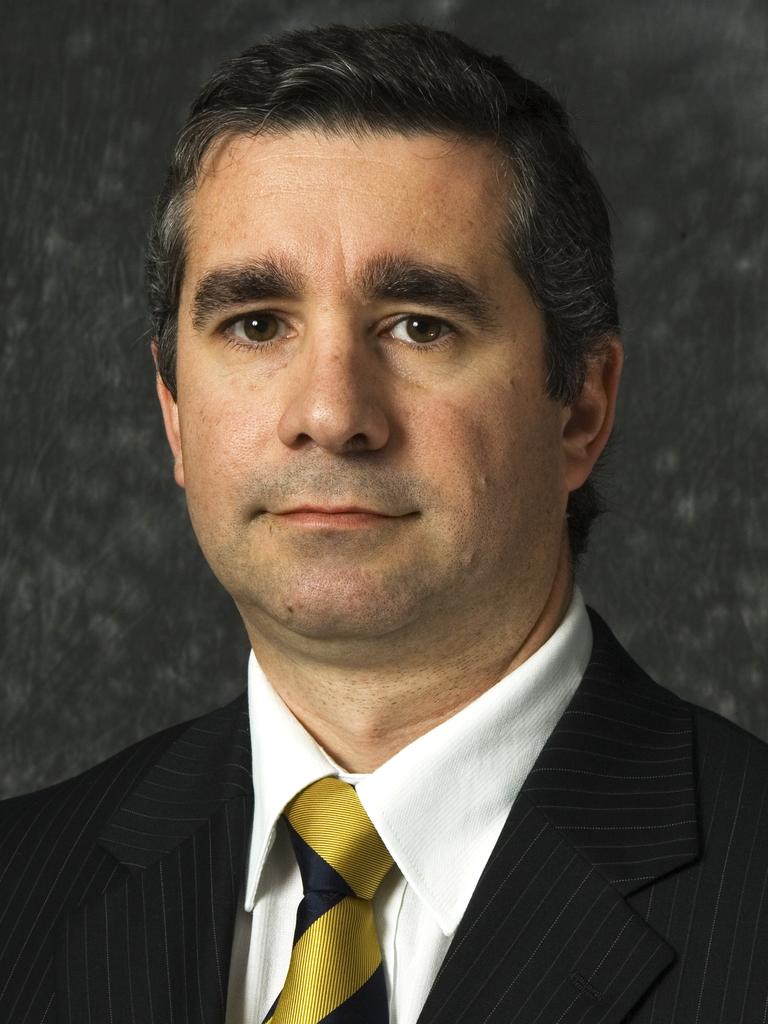
The family were essentially being asked to relive the crime that changed their lives; re-endure the pain and emotional strain of losing their son and brother. Stewart, who is now a Detective Inspector within our Unsolved Homicide Unit, said he would support them with whatever they decided.
He poured his heart and soul into this case, and has the utmost respect for the Breckenridge family, so, when they decided to proceed, he was on board too.
For more than six months, Stewart assisted when requested and provided a lengthy interview. Stewart was busting with anticipation of the podcast’s release.
He knew his investigation was comprehensive, thorough and exhaustive, but hoped new interest might help bring answers for the Breckenridge family and, importantly, justice for David.
For those of us who have reviewed the investigative brief, some of the podcast’s “revelations” were unexpected.
I was not involved in the original investigation but I am fortunate to have the brief at my fingertips, so my understanding comes from fact, rather than memory or opinion. Murder investigations are challenging. The victim can’t tell us what happened, so police rely on information provided by family and friends, witnesses and an array of people who may be unaware that something they have seen or heard is pivotal to the investigation.
LISTEN TO THE SERIES
As with many unsolved cases, time can impact memories, but thanks to Stewart’s meticulous records, we can correct some inaccuracies and misrepresentations.
This is important because if reconstruction is accepted as fact, there is a potential for the compromise of any future investigation or prosecution. At the time he was appointed lead investigator, Stewart had more than a decade of investigative experience, which included homicide.
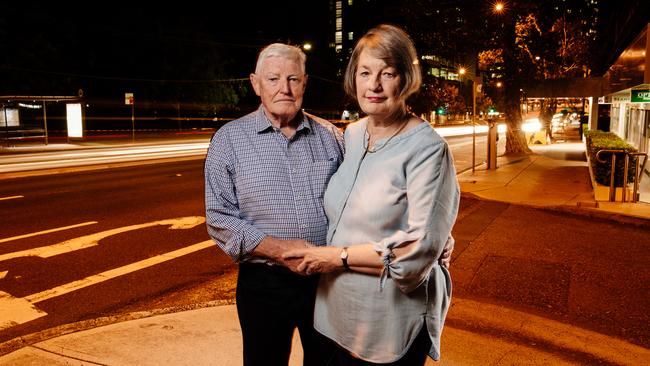
This was the first homicide he led, but everyone has to have a first. He reported to an Investigations Manager, who was a 10-year veteran of the Homicide Squad, and consulted regularly with some of the state’s most senior and respected Homicide Squad detectives throughout the investigation.
His work was reviewed by a panel of experienced homicide detectives, forensic specialists and a legal officer, and then scrutinised by a senior criminal barrister and then NSW Coroner John Abernathy.
In His Honour’s findings at the Inquest, he “joined with the Breckenridge family in commending Detective Sergeant Stuart (sic) Leggat for the work he has done on this case — often alone and usually under-resourced”. There was no indication by the Coroner, or the senior counsel representing the family, of inadequacies in the police investigation.
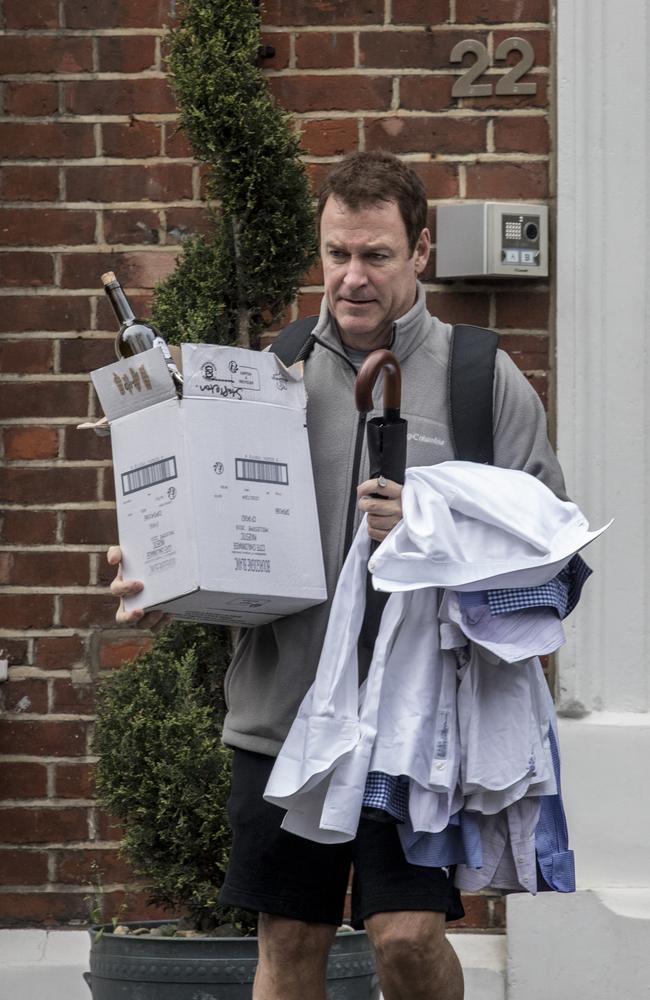
I accept opinions change over time and I empathise with the Breckenridge family. We are never satisfied if a killer is not brought to justice. Despite a professional and thorough investigation, as at 4 September 2006 there was no clear suspect or motive for David’s murder.
Like other listeners, I was alarmed about the story of the fingernail clippings, but the autopsy report indicates this was done at post mortem, as required.
David was formally identified without the need for fingerprinting, he had never been in trouble with police. A forensic officer had the unfortunate task of requesting access to David’s body to take prints so he could be eliminated from the crime scene.
It wasn’t ideal circumstances, but it was a necessary task to prevent a false unknown “suspect”.
The Gilroy’s Hotel was indeed written on the investigations whiteboard, but as a place of interest to be canvassed for CCTV and potential witnesses.
In fact, police attended the St Leonards Tavern the day after the murder and watched the CCTV footage of David within the hotel. The statement of Grant Baker, who is the last known person to see David alive, was taken on Monday, 12 August, 2002. Investigators have never said David caught the train to St Leonards.
They told the Coroner, in writing, that “the deceased travelled by an unknown means to St Leonards”.
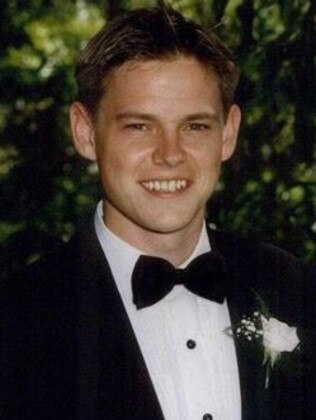
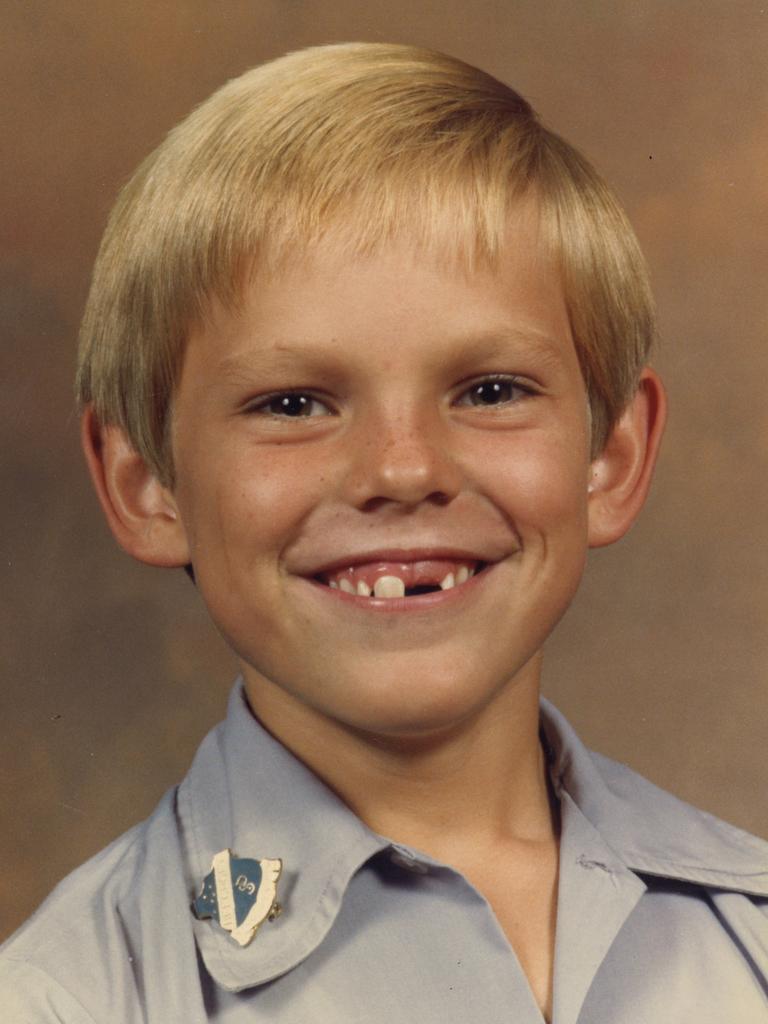
All the buses David could have caught were canvassed for CCTV at the depot. Police learned the buses’ interior CCTV recorded in a 24-hour cycle, and any vision of David’s trip would have been recorded over the following day.
The request for family to review CCTV came during the coronial process in 2004.
Police had already reviewed and comprehensively summarised hundreds of hours of footage.
We know that David introduced many friends and associates to his family, so the Coroner asked the family to review the footage in case they recognised someone who could have been making their way to where David was murdered.
Unfortunately, they did not.
The knife uncovered during the inquest was forensically tested, but experts were unable to locate traces of blood or anything else that could be further investigated.
Stewart exhausted all avenues in this line of inquiry, and after consultation with the family’s counsel and the Coroner, the owner of the knife was not required to appear at the inquiry. There are also comments made by interviewees that either were not previously included or contrary to their previous statements. This will be reviewed in due course.
Nicole’s assertion of loose ends lingering since the Coronial Inquest will indeed be subject to review by UHU in accordance to standard protocols. Any new information received will be examined and, if lines of inquiry are uncovered, we will follow them with the same tenacity as Stewart’s team did some 15 years ago.
Detective Superintendent Scott Cook NSW Police Homicide Squad Commander
Do you know something about what happened to David Breckenridge?
Even the smallest detail could help bring a murderer to justice and help bring some closure to David’s family and friends.
Help us catch a killer.
Email: eightminutes@dailytelegraph.com.au or call Crime Stoppers 1800333000.







